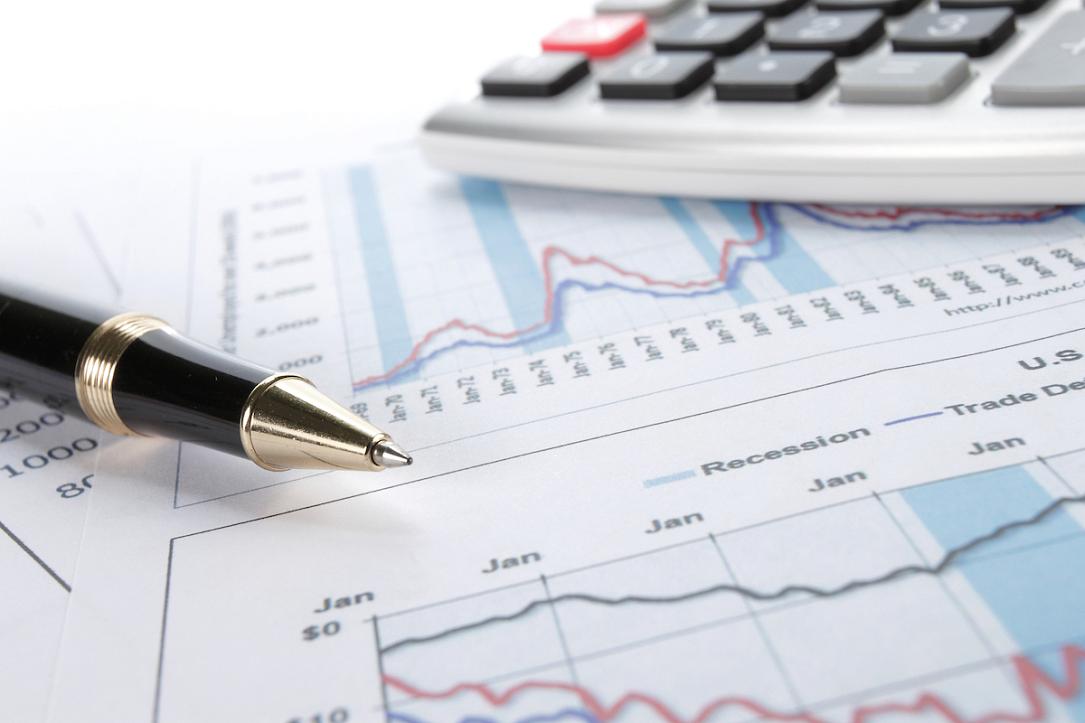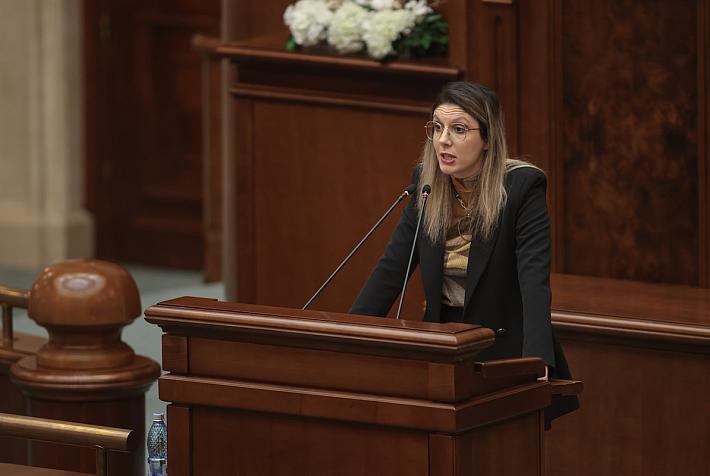Romania’s CA gap hits 9.6% of GDP in 12 months to September

The current account (CA) deficit in the 12 months ending September rose to just over EUR 25 bln, 60% more compared to the previous 12-month period, according to data from the National Bank of Romania (BNR).
Based on the latest available 12-month GDP (as of June 20220, the CA gap to GDP ratio rose to 9.6% from 6.9% in September 2021.
Both figures are subject to downward revisions as an effect of higher actual GDP in the corresponding period (12 months to September), but the 2.7pp jump in the CA to GDP ratio remains relevant and a major concern. The European Commission estimates this year’s CA to GDP gap at 9.1%, not to decline below 8% in 2023 or 2024.
The primary source of the 60% advance of the CA gap (YoY) is the deficit in the trade with goods: EUR 8.6 bln increase to EUR 30.5 bln in the most recent 12-month period.
For comparison, the CA gap rose by EUR 9.3 bln to EUR 25 bln. However, the deficit of the primary income balance (which reflects the net outflows of interest and dividends towards foreign financial and direct investors) rose as well by EUR 3.4 bln to EUR 7.9 bln in the most recent 12-month period.
Regarding most recent developments, the monthly CA gap kept widening in September, reaching the second highest value ever after the record gap seen in July - which is likely to be surpassed soon, given the trend.
However, the Capital Account (KA) shows increasingly robust inflows, mainly towards the Government. The account will play a key role in the balance of Payment (BoP) in the coming years, as it reflects the transfers from the EU budget under the Resilience Facility and most of the transfers under the multiannual financial framework (MFF) / or the EU budget.
Thus, the net inflows under the KA increased by 63% YoY to EUR 6.2 bln in the 12 months to September. Out of this, EUR 6.0 bln (+71% YoY) were transfers to the Government. The transfers to the general Government thus increased to 2.3% of GDP, in the most recent 12-month period, from 1.5% in the previous 12-month period. The increase and the value account for only a fraction of the CA gap, though.
The foreign direct investments (FDI) in the 12-month period to September increased by 16% YoY to EUR 8.7 bln. Thus, the FDI to GDP ratio rose to 3.4% in the 12 months to September, up from 3.3% in the previous 12 months.
The structure of the FDI is dominated by reinvested earnings and intra-group lending, with the “genuine” FDI (new equity) small and shrinking (EUR 691 mln in the 12 months to September, half the figure in the previous 12-month period) but so is the CA gap that includes the FDI companies’ (significant) profits as outflows.
iulian@romania-insider.com
(Photo source: Robbiverte/Dreamstime.com)













